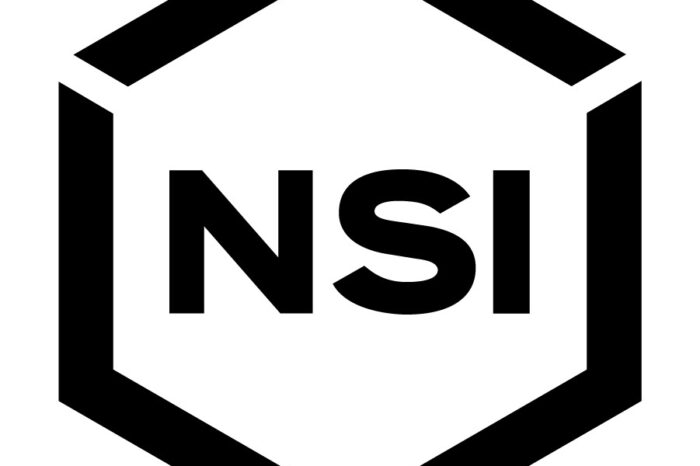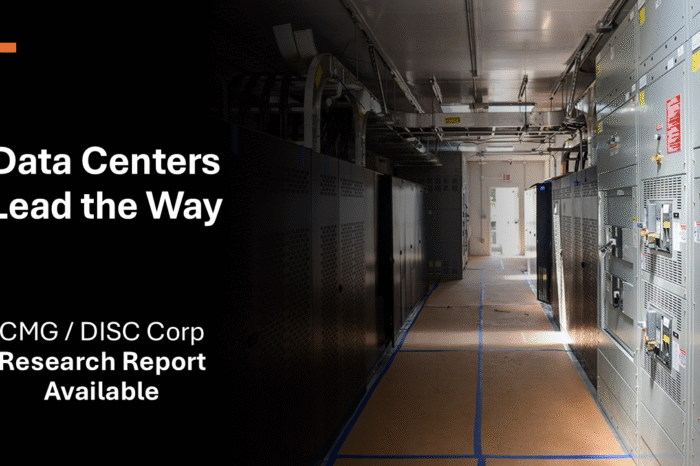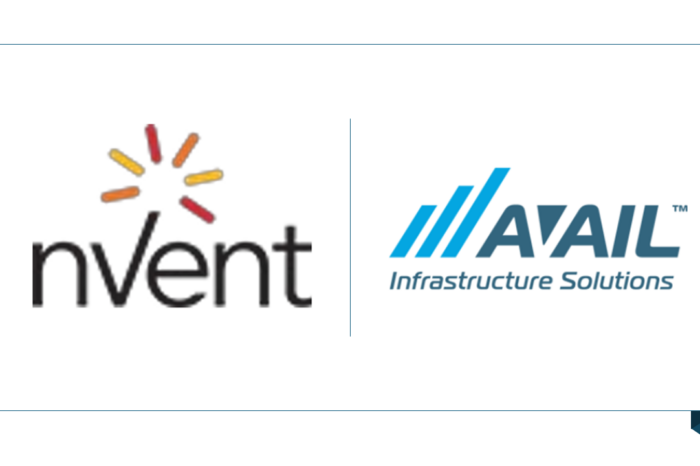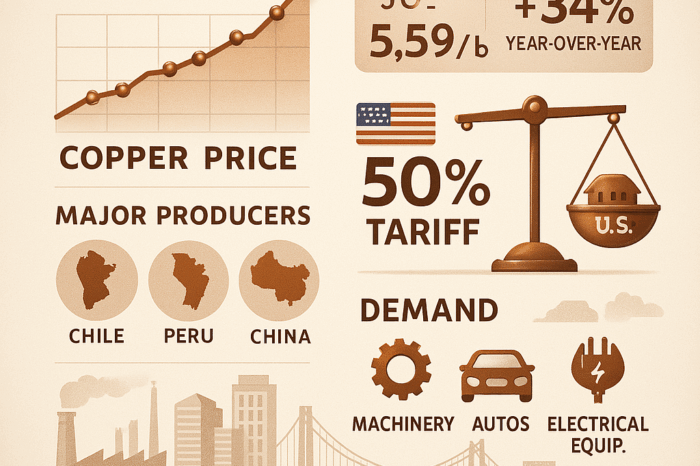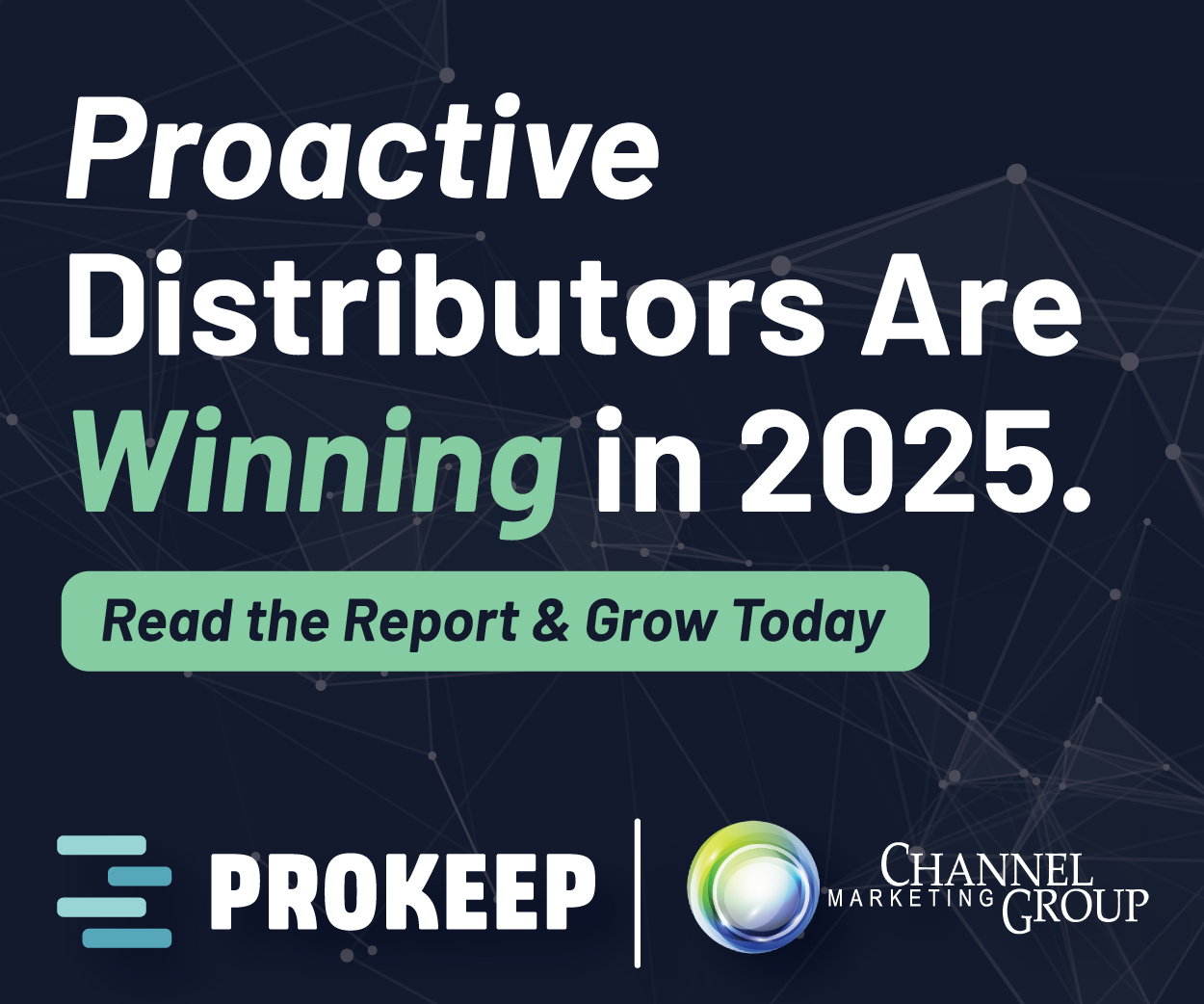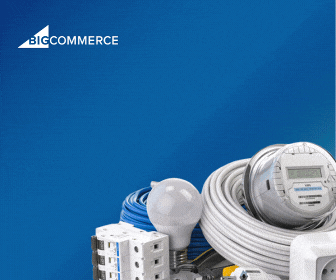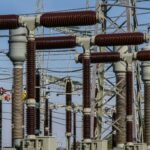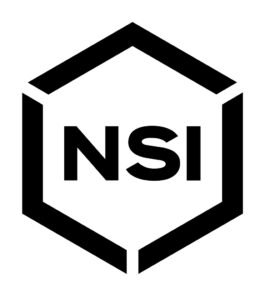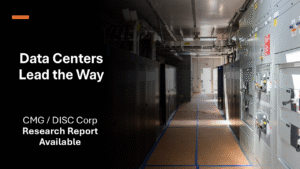America’s Infrastructure and Growth Opportunities for Electrical Distributors
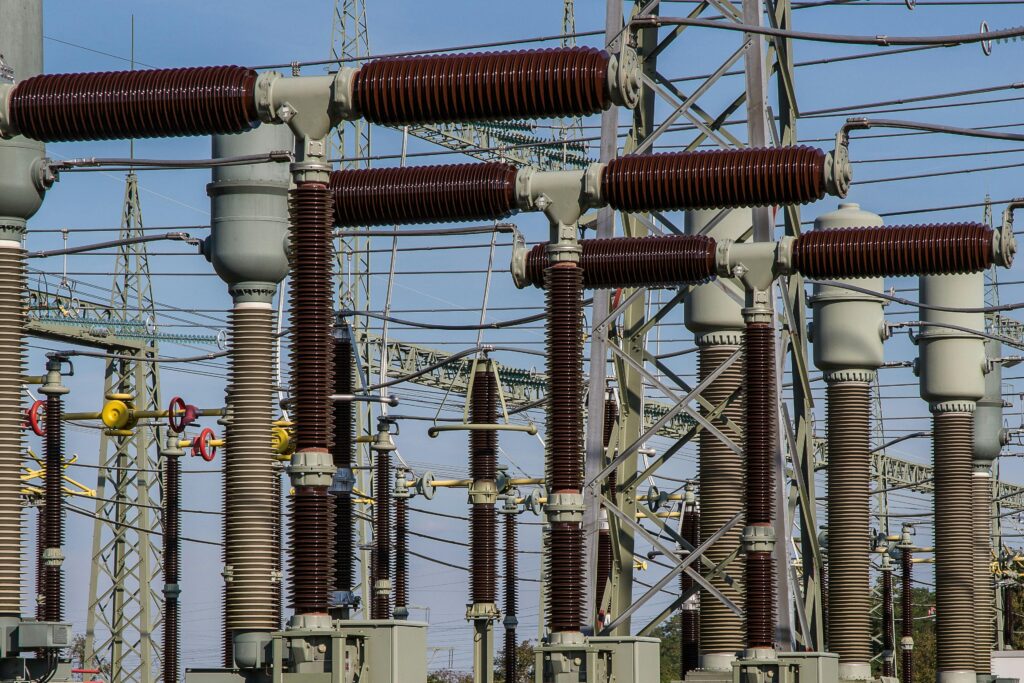 As a continuation in the series focusing on top industries and products for electrical distributors (March looked at the manufacturing industry), this analysis takes a look at the US infrastructure and opportunities for distributors and manufacturers. It is certainly not news that the electrical infrastructure is rapidly aging and especially when faced with temperature extremes or storms, stresses and often buckles.
As a continuation in the series focusing on top industries and products for electrical distributors (March looked at the manufacturing industry), this analysis takes a look at the US infrastructure and opportunities for distributors and manufacturers. It is certainly not news that the electrical infrastructure is rapidly aging and especially when faced with temperature extremes or storms, stresses and often buckles.
The recent late June heatwave in the Eastern US caused regional electric grid operators to scramble to avoid rotating blackouts as temperatures soared past 100 degrees F. This has become a seasonal ritual for many across the US with requests to curtail usage and for power plant operators to defer maintenance. Overheated transmission lines caused congestion and lifted wholesale electricity prices in New York to nearly $2,400 per megawatt hour (MWh) and on Long Island, prices topped $7,000 per MWh.
There is a very good reason for this strain – much of the U.S. electric grid was built in the 1960s and 1970s. While there certainly has been investments in automation and technology, it remains the case that close to 70% of transmission lines and power transformers are over 25 years old, with the majority of the grid infrastructure approaching the back half of its 50-year average lifespan.
ICF, a global consulting and technology services provider, on May 20 released a new report that reveals how electricity demand and usage will grow over the next 25 years in the United States. Key findings include:
- U.S. electricity demand is expected to grow 25% by 2030 and 78% by 2050.
• U.S. peak electricity demand is expected to grow 14% by 2030 and 54% through 2050.
• Residential retail rates could increase between 15% and 40% by 2030, depending on the local market.
(And it begs the question of how much data center usage / growth is projected in these projections? What happens when quantum computing comes online?) Currently, datacenters consume about 4% of US electricity, and is expected to triple to 12% by 2030, from 58 TWh in 2014 to 147 TWh in 2023 to 600 TWh by 2030.
Infrastructure is a broad term that encompasses many shared and public services such as airports, roads and bridges, railways, dams, water purification and sewerage, public parks, solid and hazardous waste and energy generation and transmission. The American Society of Civil Engineers (ASCE) tracks 18 separate infrastructure categories and grades progress.
The latest report, published in March, estimates the need for $5.4 trillion in public and private investments in the 10-year period, 2024 through 2033, assuming that Congress continues recent funding levels. Which includes the IIJA and IRA. ASCE estimates a gap of $3.7 trillion in investments for America’s infrastructure, if we keep investing at current funding levels, to achieve a state of good repair. However, the Trump Administration is attempting to roll back IRA funding, and that gap will increase as investment levels snap back to levels in place prior to recent increases in federal spending.
ASCE gives an annual grade to the nation’s infrastructure and in 2025 gave a grade of C, the best since ASCE began determining grades in 1998, (including a long stretch of Ds and D-s) and incrementally better than the C- assigned to its 2021 predecessor. But hardly anything to be excited about as, while some progress has been made and the trend is in the right direction, the gap remains large.
While there are electrical opportunities in each of the major categories of infrastructure, the largest is Energy, (generation, transmission, and distribution of electricity for residential, commercial and industrial uses) which accounts for $1.3 Trillion of estimated spending, and a significant $578 Billion gap.
The prior administration’s priorities were focused on addressing infrastructure gaps and climate change and was centered around dual pieces of legislation – the Infrastructure Investment and Jobs Act (IIJA) and the Inflation Reduction Act (IRA), investing over $1.2 trillion. Combined, these two laws offered significant funding for a broad range of infrastructure development. But it was never meant to be the sole source of funding. Public sector owners and their private sector partners were challenged to use federal dollars as a base on which to build more innovative funding and financing structures to get projects fully funded. By the time President Trump took office, $700 billion had been funded. See the interactive graphic from Grist.org to see where that investment has gone.
The new administration is clearly shifting priorities – away from climate change, EV mandates, EV battery manufacturing and renewables, to funding infrastructure improvements and rapid increases in power generation centered around AI with an “all of the above” power generation mix. While early, and there will be an overall AI action plan released soon that will outline the multiple ways the US will compete, especially with China, some of the elements will include
- opening federal lands for data centers
- Moving up refurbished and reopened power plants faster (the most prominent example is the Three Mile Island plant, now called Crane Clean Energy, which will fuel Microsoft data centers)
- focusing on growing petroleum-based energy – at the center, increasing the supply and exports of liquid natural gas (LNG), including opening federal lands and restating LNG projects and export terminals.
- A renewed focus on nuclear fission and fusion as energy sources.
- Speeding up grid permitting and approval processes
Transitioning to new priorities has proven to be messy as funding has been set in motion for many projects and initiatives, and the new administration has frozen spending. The one area that has received the most attention has been efforts to freeze federal funding for EV chargers, which has been caught up in lawsuits.
AI is emerging as a central focus for the Trump Administration, much as climate change was for the Biden Administration. The demand from AI data centers could grow 30-fold by 2035 (from 33 GW in total to 123 GW), A Deloitte Insights report, “Can US infrastructure keep up with the AI economy?” paints a picture of ever larger datacenters burning ever more energy (large datacenters today draw less than 500 MW, while there are early planning stage projects calling for 50,000-acre data center campuses that could consume 5 GW), while the grid infrastructure and new power sources are stuck in bureaucratic morass and supply chain disruptions.
The permitting and approval process simply cannot keep pace with the demand – there is currently a seven-year wait on some requests for connection to the grid, and power generation development typically takes longer than datacenter buildouts.
Supply chain issues are constraining energy companies as many critical components are imported and now subject to tariffs. Both industries face potential increases in the cost of steel, aluminum, copper, and cement that could impact the build-out of power infrastructure.
Deloitte surveyed datacenter operators and power companies to ask what strategies could overcome the potential energy gap caused by the bit barn build boom. The three top responses were technological innovation, regulatory changes, and more funding, all of which seem to being addressed.
Opportunities for Manufacturers and Distributors
For manufacturers, transmission investments will include physical line upgrades such as hardening, advanced reconductoring, and infrastructure expansion; integration of distributed energy and storage resources, and increased integration of utility-scale renewables and storage, smart communications and monitoring for real time control; distributed energy resources and microgrid solutions to improve reliability; and enhanced cybersecurity are just some of the required investments. Demand for products such as transformers, generators, busbars, circuit breakers, insulators, switchgear, wire, arrestors, relays, exciters, control and software systems, cooling systems, batteries, metering equipment will only increase.
For distributors, do you supply and service utilities? How about contractors that serve this market? Are you aligned with buyers and keeping ahead of items in short supply? Do you have alternative suppliers for the high demand/short supply products? Are you positioned with reps, designers and engineers who work with utilities? Upgrade skillsets to meet the demand for new products and add value, becoming a solutions integrator.
For reps, is this a growth segment? Are you authorized to sell your suppliers’ products into this segment? Direct as well as through contractors? Should you think about diversifying into this segment; perhaps acquire a utility rep?


